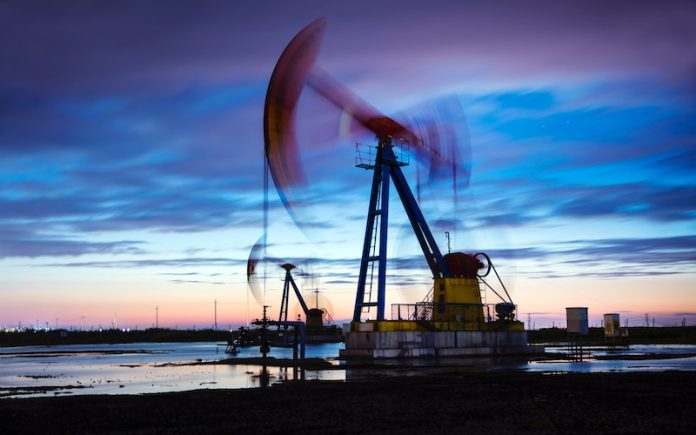
The United States has thousands of unplugged oil and gas wells, both onshore and offshore, that present potential environmental and financial risks to the public.
These wells need to be plugged and abandoned (P&Aed) properly to reduce the risk of environmental damage and safety hazards.
Offshore wells, compared with onshore wells, generally produce more, cost more to P&A and present different environmental risks.
A new study estimates that the cost to P&A all 14,000 unplugged, non-producing wells in US Gulf of Mexico offshore waters, inland waters, and wetlands is US$30 billion.
Policy priority
Plugging and abandoning wells is a policy priority because unplugged wells present potential financial and environmental risks to the public.
The oil and gas industry is responsible for ensuring that wells are P&Aed, but there is concern that many operators are abandoning wells rather than P&Aing them properly.
Abandoned wells can leak methane gas, which is a potent greenhouse gas that contributes to climate change.
They can also release toxic chemicals into the environment, contaminate water supplies, and pose a safety hazard to people living nearby.
Different environmental risks
Offshore wells, compared with onshore wells, generally produce more, cost more to P&A and present different environmental risks.
For example, offshore wells are often drilled in deeper waters, which makes them more expensive to P&A.
They are also more prone to leaks and spills, which can have devastating effects on marine life and the environment.
In addition, the Gulf of Mexico has a large number of underwater pipelines and other infrastructure, which can complicate P&A efforts.
Cost of P&Aing
Here, we estimate that the cost to P&A all 14,000 unplugged, non-producing wells in US Gulf of Mexico offshore waters, inland waters, and wetlands is US$30 billion.
The cost of P&Aing an individual well can vary widely depending on factors such as the depth of the well, the condition of the well, and the type of formation it is in.
In general, P&Aing a well in deep water can cost several million dollars, while P&Aing a well in shallow water can cost several hundred thousand dollars.
Environmental risks
Wells in shallower waters closer to shore make up 90% of inactive wells but only 25% of total P&A costs. They also present larger environmental risks.
These wells are often located in sensitive coastal ecosystems and can contaminate groundwater and surface water. In addition, they can pose a safety hazard to people living nearby.
Liability
Prior owners of wells in federal waters (deeper and farther from shore) can be held liable for P&A costs if the current owner does not P&A them.
This means that companies that previously owned wells in federal waters could be on the hook for millions of dollars in P&A costs if the current owner fails to take responsibility.
This has led to some companies transferring ownership of their wells to smaller, financially weaker companies to avoid liability.
Supermajor companies
We find that 88% of outstanding P&A liability in federal waters is associated with wells currently or formerly owned by one of the large, financially stable ‘supermajor’ companies.
These companies have the resources to pay for P&A costs, but they have not done so. Instead, they have sold their wells to smaller, financially weaker companies, leaving them with the liability for P&A costs.
This puts the burden on taxpayers and other companies to cover the costs of P&Aing these wells.
Conclusion
P&Aing wells is critical to reducing the risks of environmental damage and safety hazards from unplugged wells.
The cost to P&A all 14,000 unplugged, non-producing wells in US Gulf of Mexico offshore waters, inland waters, and wetlands is US$30 billion.
The study was published in Nature Energy.
Copyright © 2023 Knowridge Science Report. All rights reserved.



